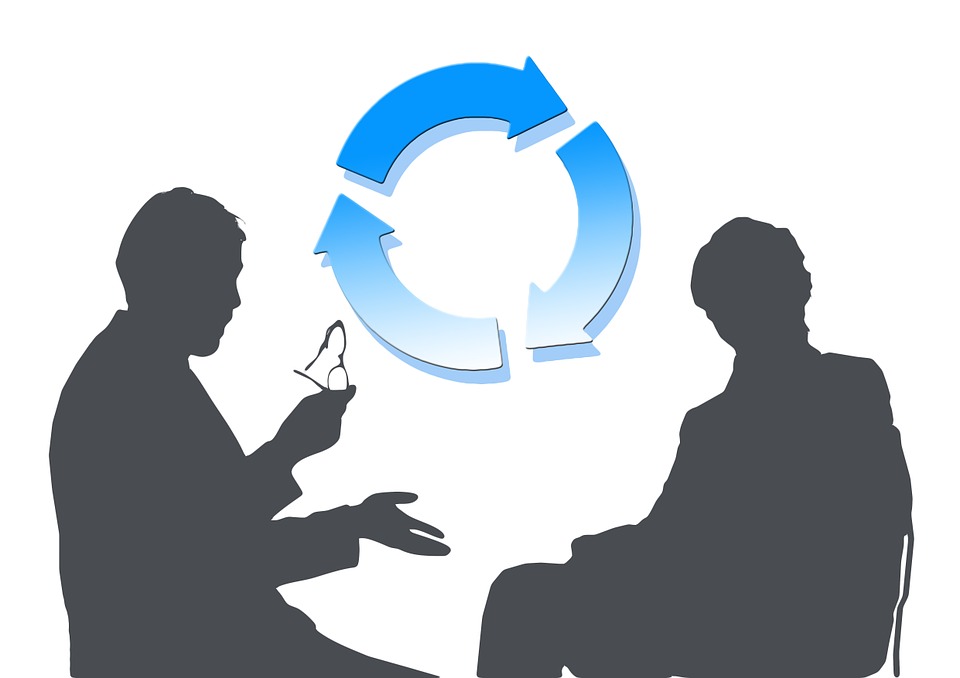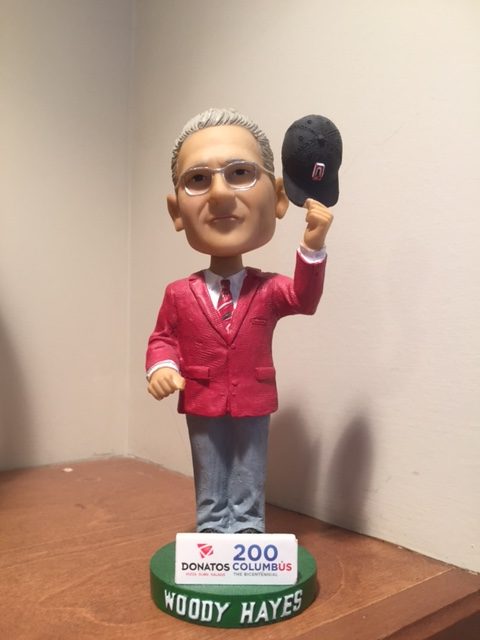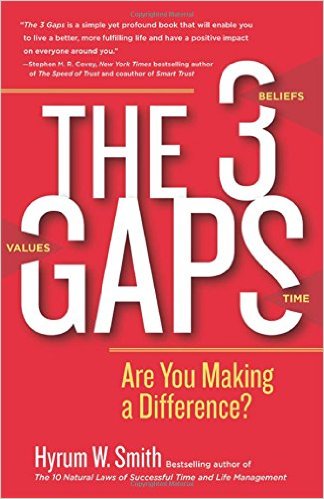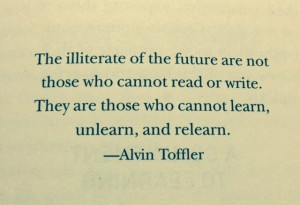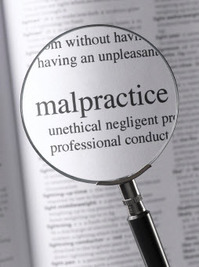Identify Purchase Influencers with VOC
One of the leading reasons why sales do not grow as planned is something changed and your team did not adapt. Your salespeople are selling like they have been trained and coached to sell but it is no longer effective. Companies who identify change(s) and more importantly adapt to changes hit their numbers. Understanding the voice of your customer today empowers your team with current buyer information. In this post I will share how the voice of your customer helps your team identify buying influencers.
In my last post I shared how understanding the voice of your customers helps your team create content your buyers need when they buy. Companies who clearly understand what buyers must have to make a purchase today create new content that is used on their web sites and in sales tools to help move buyers through the sales funnel to a closed sale.
Understanding the voice of your customer also helps teams identify people who influence a purchase decision today.
What is an Influencer?
The influencer-marketing manifesto by Brian Solis shares:
“Influence is the ability to cause effect or change behavior. Influence is not the act of trying to influence. Nor is an influencer someone who simply has a lot of followers. It should be very clear. Someone who influences does so because they have the capacity to have effect on something…”
What do companies who focus on influencer marketing have to say?
81% of marketers who have executed Influencer Marketing campaigns agree that influencer engagement is effective
65% of brands have plans to spend more on Influencer Marketing this year vs. last
- Influencer marketing guide
Ad weeks shared an article that Influencer marketing is the next big thing in marketing. The article went on to share …
“There are few things that drive a sale more effectively than a warm word-of-mouth recommendation. A study by McKinsey found that “marketing-induced consumer-to-consumer word of mouth generates more than twice the sales of paid advertising.” And of those that were acquired through word-of-mouth had a 37 percent higher retention rate.
Influencer marketing presents a glaring opportunity for brands to leverage the power of word-of-mouth at scale through personalities that consumers already follow and admire.”
I was asked to help a company that manufactured wheelchair accessible vehicles grow their sales. We spent a considerable amount of time out in the market speaking with consumers in wheelchairs to understand..
Why they buy?
Why they don’t buy?
What is their buying process?
What are the key criteria they must have to buy?
Who are the leading influencers in your purchase?
We discovered for consumers who recently started using a wheelchair because of a medical condition and or an accident their influencers included certified driving instructors, association groups like the MDA, MS Society, Veterans Association , personal injury attorneys and many more. However one key influencer they all shared was their rehabilitation therapist. As one consumer shared with me…
“When I need something or face a new challenge I turn to my rehabilitation therapist who taught me how to get dressed or take a bath again…”
We developed and initiated an influencer-training program where our regional mangers would conduct in service trainings at rehabilitation clinics and educate one of our top buying influencers about our vehicles. We shared how they worked, the right vehicle based on the five most common buyer personas and provided education and information. We connected training and education with these influencers with our local mobility dealers. Our local mobility dealers did a great job of building a relationship with therapists and were on call to answer any questions they may have.
The key to influencer marketing is education or as I share in my next book: “Serve don’t sell”. The quickest way to shut down an influencer is if you start selling.
Your mission is to provide much needed information and education the influencer can share. If you have created new content as I recommended in my last post you can leave that content with your influencers and or show them where they can find it so they can share it.
What our dealers experienced over time was consumers coming into their dealerships already sold so to speak. Their leading influencers shared our dealer who they had a relationship of trust with. The therapists shared content specific to what consumers needed to make a buying decision.
Understanding the voice of your customers identifies leading buying influencers in the purchase process.
Who are the leading influencers for your buyers?
Does your team strategically educate and share content with influencers?
Does your team understand the voice of your customers today?
Influencers play I critical role in the purchase decision today. As markets shift and change, influencers also change.
Make it a key initiative for your team to understand the voice of your customers today and whom they turn to as purchase influencers.

